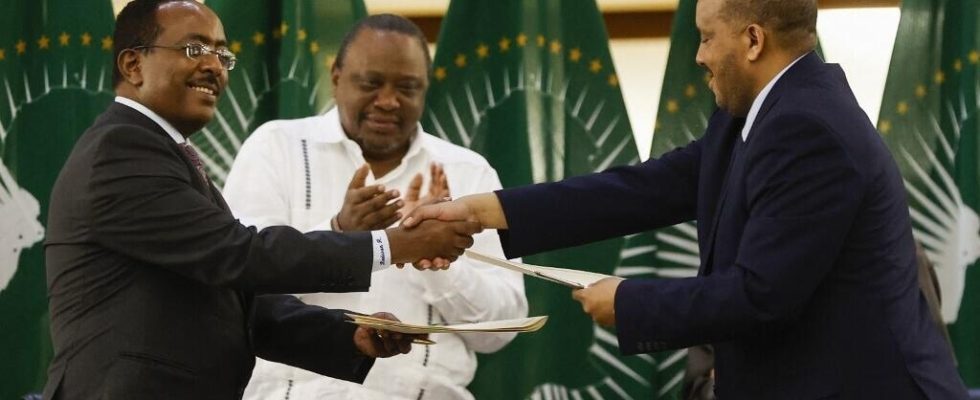It was November 2, 2022. In South Africa, the Ethiopian army and the Tigrayan TPLF rebels ended two years of civil war. After a year of peace, the situation remains tense.
1 min
First there is the question of refugees. More than a million people have had to flee the fighting and leave their homes. Often installed in camps, many of them have not been able to return home. According to the UN, there are at least 1.5 million people in humanitarian emergencies. In the camps, income is non-existent, and most hospitals in the region have been destroyed.
Poverty and illness are therefore part of the daily life of refugees from Tigray, many of whom are marked in their bodies by the trauma of war. Arbitrary executions, torture, rapes… Numerous war crimes were committed during these two years. US Secretary of State Antony Blinken even speaking of “ ethnic cleansing » targeting the Tigrayan populations.
Military tensions remain
The other question still pending is that of justice. On October 4, the mandate of the International Commission of Experts on Human Rights in Ethiopia, the body responsible for investigating the conflict, was not renewed, raising fears of total impunity for these crimes.
Furthermore, military tensions still remain, particularly around the Amarah militias in the regions of Oromia and Amarah. Supporting the Ethiopian army during the war, these militias are still active, particularly in Tigray, and continue, according to the UN, to commit abuses against civilians.
Read alsoWar in Tigray: the belligerents agree on “a cessation of hostilities”
